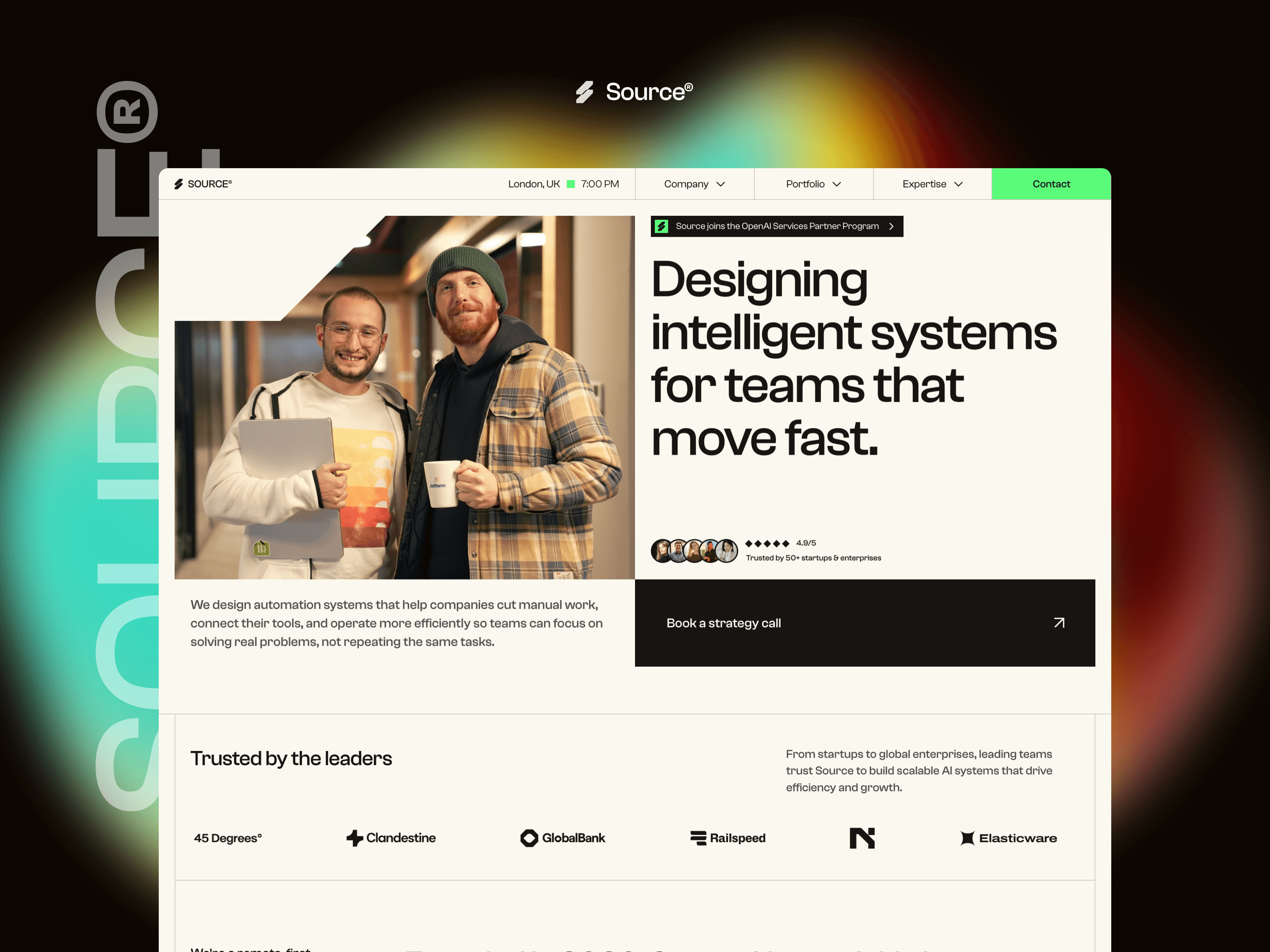The Challenge of Balancing Design and Development

People often ask me whether I consider myself more of a designer or a developer. The truth is: I’m both, and neither at the same time. Living in that in-between space is what makes creative development exciting — but also incredibly challenging.
Design is about possibility. It’s a space where rules can be bent, aesthetics can be explored, and imagination can run wild. When I’m designing, I’m thinking in colors, shapes, and emotions. I’m asking: How should this feel? What story should this layout tell?
Development, on the other hand, is about constraints. Code is precise, structured, and unforgiving. You can’t just “feel” your way into a function or a layout in CSS — it either works or it doesn’t. When I’m coding, I’m asking: How do I make this functional? How do I make this fast, accessible, and scalable?
The magic happens when these two worlds collide. Because design without development is just an idea, and development without design is just machinery. Together, they create experiences.
But here’s the tension: as a designer, I often want to push boundaries, invent something that hasn’t been done before. As a developer, I know that every wild idea comes with technical debt, performance costs, or browser limitations. Balancing these instincts is a constant negotiation with myself.
Sometimes the designer in me wins. I’ll spend hours perfecting an animation that most users won’t even consciously notice. Other times, the developer side pulls me back to reality: Is this really worth the extra load time?
Over time, I’ve realized that balance doesn’t mean compromise — it means harmony. The best projects are the ones where design and development enhance each other instead of fighting for control. A clean layout coded with precision feels effortless. A subtle animation built with performance in mind feels magical.
Being both a designer and a developer isn’t easy. It’s slower, it’s more demanding, and it forces you to constantly switch mental gears. But for me, it’s also the most rewarding way to work. Because at the end of the day, I don’t just want to design pretty things or write efficient code.
I want to create experiences that feel alive.
More from my journal
The Challenge of Balancing Design and Development

People often ask me whether I consider myself more of a designer or a developer. The truth is: I’m both, and neither at the same time. Living in that in-between space is what makes creative development exciting — but also incredibly challenging.
Design is about possibility. It’s a space where rules can be bent, aesthetics can be explored, and imagination can run wild. When I’m designing, I’m thinking in colors, shapes, and emotions. I’m asking: How should this feel? What story should this layout tell?
Development, on the other hand, is about constraints. Code is precise, structured, and unforgiving. You can’t just “feel” your way into a function or a layout in CSS — it either works or it doesn’t. When I’m coding, I’m asking: How do I make this functional? How do I make this fast, accessible, and scalable?
The magic happens when these two worlds collide. Because design without development is just an idea, and development without design is just machinery. Together, they create experiences.
But here’s the tension: as a designer, I often want to push boundaries, invent something that hasn’t been done before. As a developer, I know that every wild idea comes with technical debt, performance costs, or browser limitations. Balancing these instincts is a constant negotiation with myself.
Sometimes the designer in me wins. I’ll spend hours perfecting an animation that most users won’t even consciously notice. Other times, the developer side pulls me back to reality: Is this really worth the extra load time?
Over time, I’ve realized that balance doesn’t mean compromise — it means harmony. The best projects are the ones where design and development enhance each other instead of fighting for control. A clean layout coded with precision feels effortless. A subtle animation built with performance in mind feels magical.
Being both a designer and a developer isn’t easy. It’s slower, it’s more demanding, and it forces you to constantly switch mental gears. But for me, it’s also the most rewarding way to work. Because at the end of the day, I don’t just want to design pretty things or write efficient code.
I want to create experiences that feel alive.


